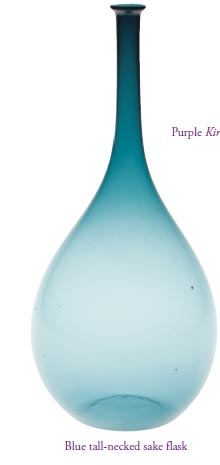











Glass vessel production in Japan began in the Edo period (1600–1868). Prior to that glass vessels were extremely rare. Among the gifts presented by the Portuguese missionary Luís Fróis (1532–1597) to the warlord Oda Nobunaga were exquisite glass containers filled with sugar-coated sweets known as confeito, which came to be called
konpeitō in Japanese. When the Tokugawa government enforced its policy of
sakoku, or national isolation, Nagasaki became the only port to import glassware from Europe and China. As the demand grew, glass came to be produced in Nagasaki, and eventually its production spread to Osaka and Edo (present-day Tokyo). The Japanese of the time called glass
biidoro (vidro) and the refined clear white glass giyaman (diamant).
This exhibition showcases approximately 190 outstanding works on loan from the Bindeisha Vidro-Diamante-Glass Museum. The museum’s founder Norisato Daitō, who amassed his collection over a period of approximately 50 years, based his selection primarily on what he found beautiful. Daitō, who conceptualized this exhibition, hoped that above all our museum visitors would get a glimpse into the unconventional lifestyles of the Edo period, when stylish glassware could be found everywhere. Young women wore diamante glass combs decorated with spun glass and incised with brush
This exhibition showcases approximately 190 outstanding works on loan from the Bindeisha Vidro-Diamante-Glass Museum. The museum’s founder Norisato Daitō, who amassed his collection over a period of approximately 50 years, based his selection primarily on what he found beautiful. Daitō, who conceptualized this exhibition, hoped that above all our museum visitors would get a glimpse into the unconventional lifestyles of the Edo period, when stylish glassware could be found everywhere. Young women wore diamante glass combs decorated with spun glass and incised with brush









